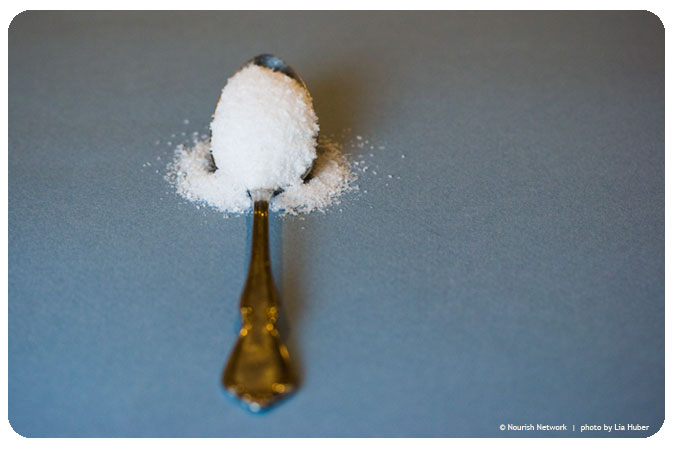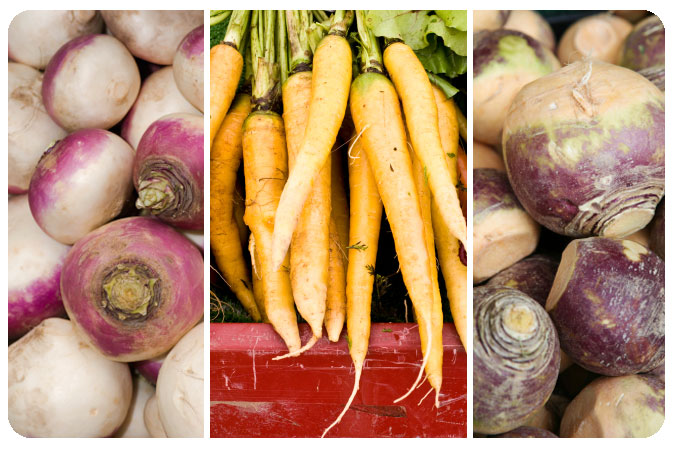If you’ve been cooking our recipes here on NOURISH Evolution, you’ve probably noticed that the vast majority of them have no measurement when it comes to salt–only “sea salt” listed in the ingredients. The reason is twofold. First, range of preference varies widely when it comes to how heavily to salt a dish. Second, I’m more interested in encouraging people to wisely discern how much salt suits both their taste and needs than dictate how much to use in a single dish.
 I’ve heard it time and time and time again: Someone reads this or that saying to cut down on sodium, so the reader throws the salt dish out with the brine. But judiciously seasoning whole foods with salt both during cooking and afterwards—almost as a garnish—is not what we need to be worrying about. Way back when there were no Doritos or boxed mac ‘n' cheese and humans lived off vegetables and meats and fruit and grain, the average person consumed about a gram of sodium per day compared to today's average of 10-12 grams and even more. That’s not to say that salt was shunned by humans in the old days; quite the opposite in fact. Salt, which is made up primarily of sodium chloride, has been a prized ingredient for millennia, both for its ability to draw out the natural flavors of foods as well as its role in preserving them.
I’ve heard it time and time and time again: Someone reads this or that saying to cut down on sodium, so the reader throws the salt dish out with the brine. But judiciously seasoning whole foods with salt both during cooking and afterwards—almost as a garnish—is not what we need to be worrying about. Way back when there were no Doritos or boxed mac ‘n' cheese and humans lived off vegetables and meats and fruit and grain, the average person consumed about a gram of sodium per day compared to today's average of 10-12 grams and even more. That’s not to say that salt was shunned by humans in the old days; quite the opposite in fact. Salt, which is made up primarily of sodium chloride, has been a prized ingredient for millennia, both for its ability to draw out the natural flavors of foods as well as its role in preserving them.
The issue with salt—and the hypertension and kidney problems associated with excessive sodium intake—lies more in processed food than in seasoning at the stove. One hot dog, for instance, has over 900 milligrams of sodium in it, whereas a quarter teaspoon of salt—a generous pinch that could easily season a dish for four—has only 500 milligrams.
Another element to using salt wisely is understanding what type to use for what application. A fine, crystallized sea salt works well as a cooking seasoning since it disperses evenly, but might very well overwhelm a finished dish. Salts with a coarser texture make excellent “finishing salts” to be used, almost as a garnish, at the table.
Still skeptical about salt? Here’s a breakdown of how a day’s meals can stack up sodium-wise with meals cooked from NOURISH Evolution (using a 1/2 teaspoon sea salt in the tartines and 1/4 in the carbonara) versus processed and packaged foods.
If you're salt-sensitive or if you have a predisposition to hypertension, certainly you'll want to watch your sodium intake. But the numbers above show–with processed foods coming in over 300% higher in sodium than those on NOURISH Evolution–that if a pinch of salt is going to make whole foods more appealing to you, it's probably worth it in the long run.














